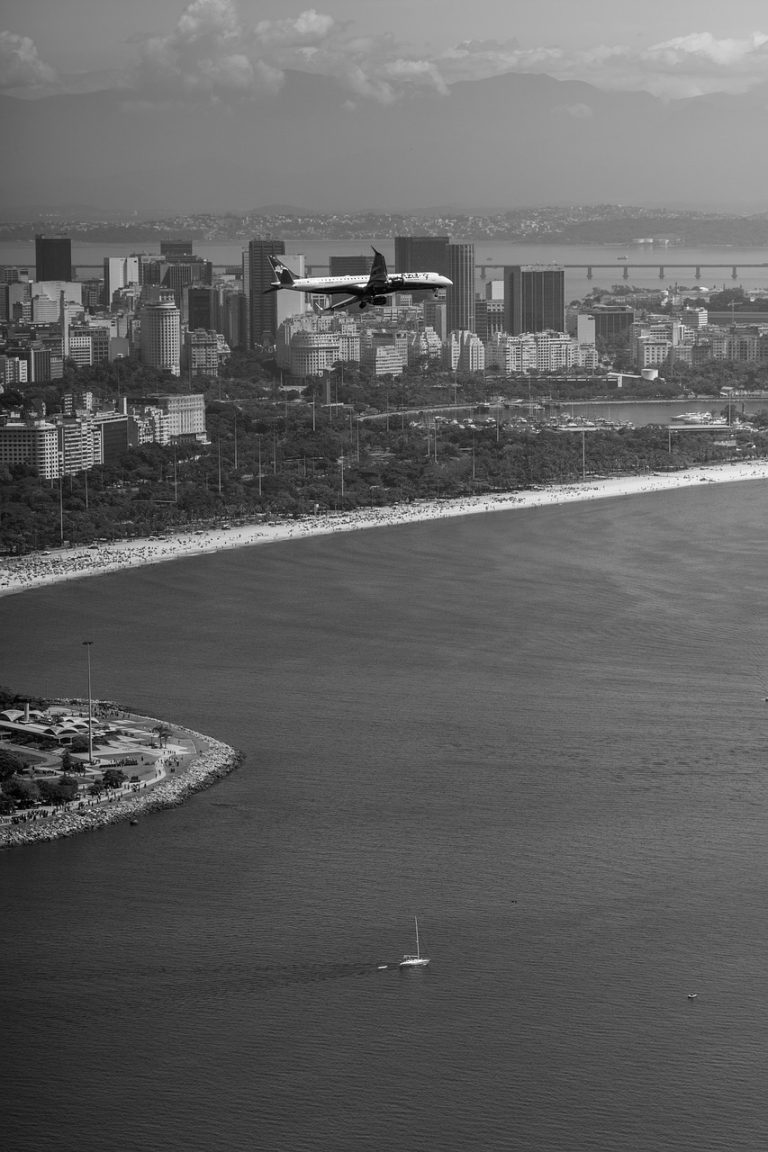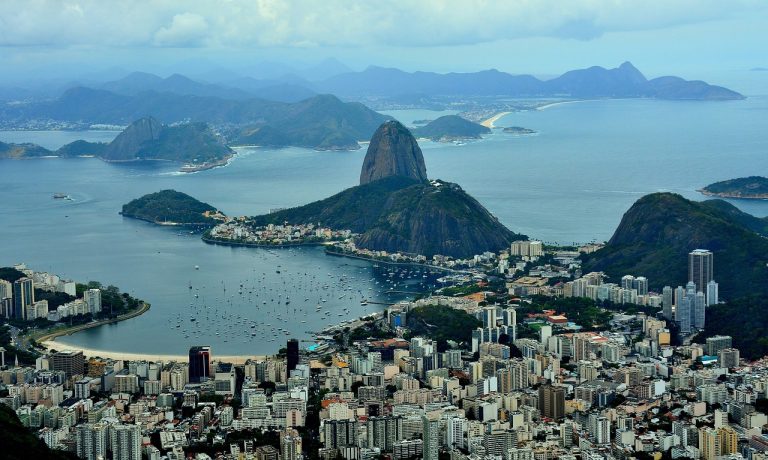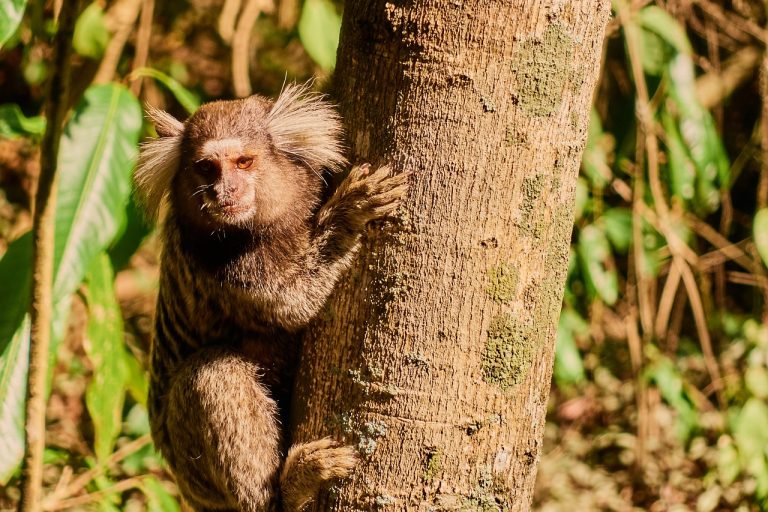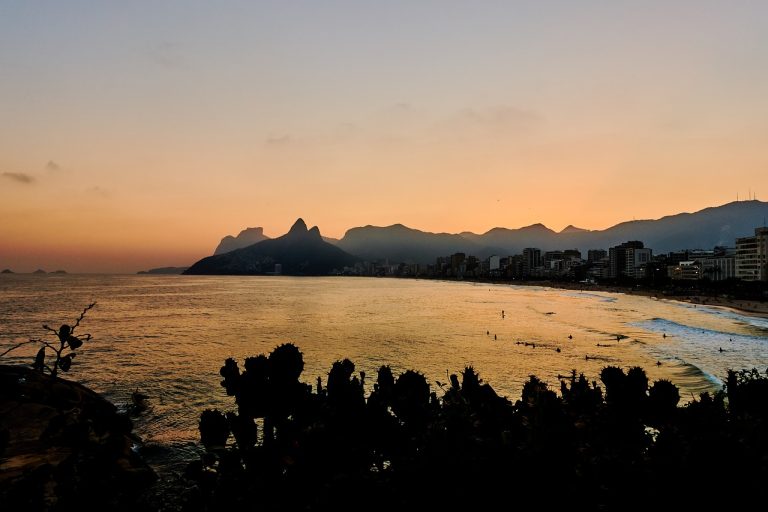Rio de Janeiro Brazil Video
Local Myths and Legends of Rio de Janeiro Brazil
Rio de Janeiro, Brazil is a city known for its vibrant culture, stunning landscapes, and rich history. Beyond its famous beaches and iconic landmarks, the city is also home to a variety of intriguing myths and legends that have been passed down through generations. These stories reflect the folklore and beliefs of the local people, adding an element of mystery and enchantment to the already captivating city. In this article, we will explore some of the most fascinating local myths and legends of Rio de Janeiro Brazil.
The Legend of Iara
- Keywords: Iara, Amazon River, enchanting song
The legend of Iara is deeply rooted in Brazilian folklore, and it tells the story of a beautiful mermaid-like creature who lures men to their doom. According to the myth, Iara resides in the Amazon River and possesses a mesmerizing voice that she uses to attract unsuspecting victims. Men who hear her enchanting song are said to become spellbound and willingly follow her into the water, never to be seen again. The legend serves as a cautionary tale about the dangers of temptation and the allure of the unknown.
The Curse of the João Fernandes Hill
- Keywords: João Fernandes Hill, curse, treasure
Located in the neighborhood of Urca, the João Fernandes Hill is said to be cursed due to a hidden treasure buried within its depths. According to the legend, anyone who attempts to excavate the treasure will be met with misfortune and tragedy. Over the years, several attempts have been made to find the treasure, but each endeavor has been met with mysterious accidents and unexplained occurrences. The curse of the João Fernandes Hill serves as a reminder that some secrets are best left undisturbed.

The Tale of the Boitatá
- Keywords: Boitatá, fire serpent, protector
The Boitatá is a mythical creature from Brazilian folklore that takes the form of a giant serpent made of fire. According to the legend, the Boitatá is a protector of the forests and punishes those who harm nature. It is said to have glowing red eyes and emits a bright light as it moves through the night. The Boitatá is often associated with lightning and is believed to be responsible for the natural phenomenon. The tale of the Boitatá serves as a reminder of the importance of respecting and preserving the environment.
The Legend of the Lapa Arches
- Keywords: Lapa Arches, underworld, paranormal activities
The Lapa Arches, a famous historical landmark in Rio de Janeiro, is said to be haunted by spirits from the underworld. According to the legend, the arches were built on top of an ancient cemetery, and the souls of the deceased still roam the area. Locals have reported paranormal activities, including strange noises, ghostly apparitions, and feelings of unease when passing through the arches at night. The legend of the Lapa Arches adds an eerie atmosphere to this iconic structure.
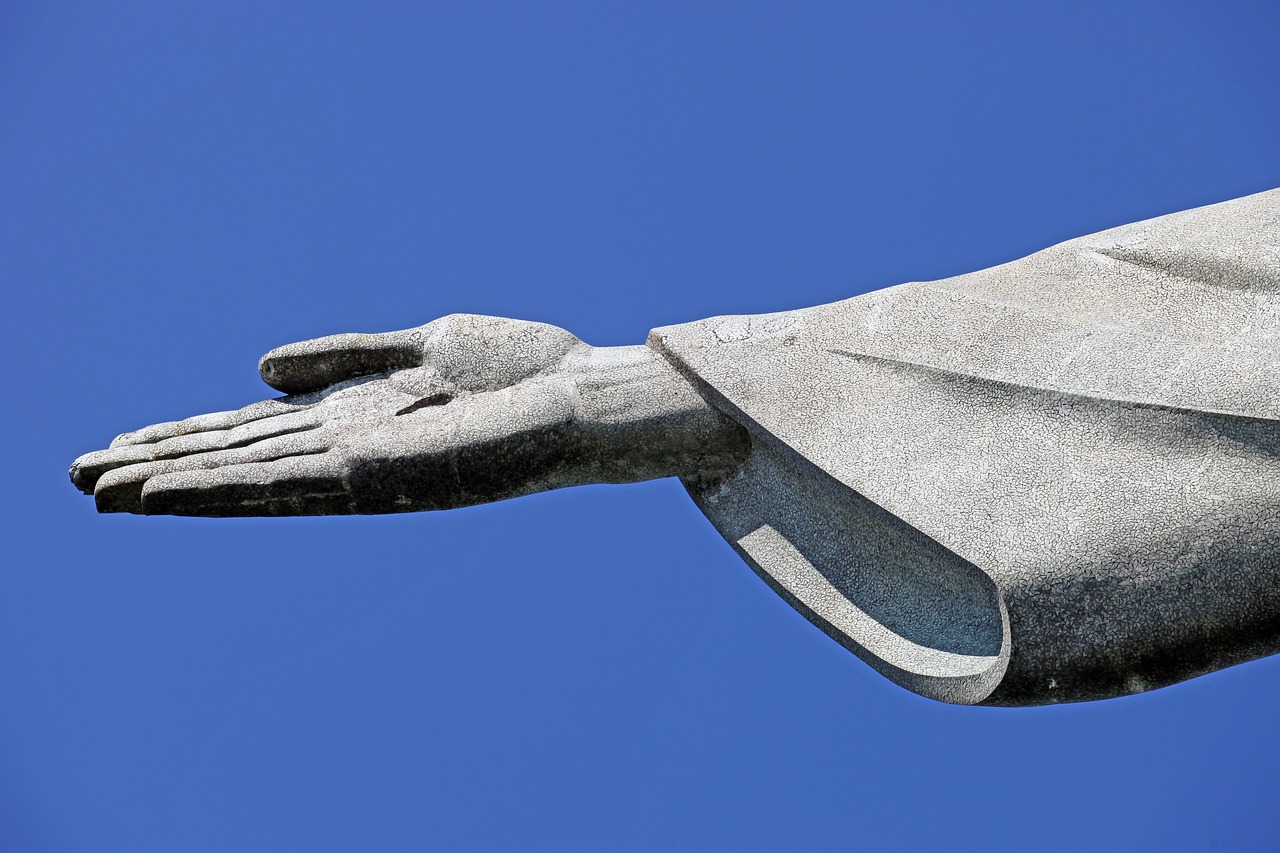
The Myth of the Corcovado Mountain
- Keywords: Corcovado Mountain, giant stone, Tumuc-Humac
The Corcovado Mountain, known for its famous statue of Christ the Redeemer, has its own mythological origins. According to local legends, the mountain was once a giant stone called Tumuc-Humac, which held immense power. The stone was eventually transformed into the mountain by a powerful deity, becoming a symbol of protection and spirituality for the city. The myth of the Corcovado Mountain highlights the significance of this iconic landmark in Rio de Janeiro.
The Legend of the Sugarloaf Mountain
- Keywords: Sugarloaf Mountain, giant, Guanabara Bay
The Sugarloaf Mountain, with its distinctive shape, is the subject of a captivating legend. According to the myth, the mountain was once a giant who fell in love with a beautiful indigenous woman named Urca. To protect her from harm, the giant transformed himself into the mountain, standing tall and guarding the entrance to Guanabara Bay. The legend of the Sugarloaf Mountain adds a romantic and mystical element to this beloved natural wonder.

The Tale of the Curupira
- Keywords: Curupira, protector of the forests, mischievous
In Brazilian folklore, the Curupira is a mischievous creature who serves as a protector of the forests. It is said to have bright red or orange hair, backward-facing feet, and the ability to transform into different animals. The Curupira is known for its pranks and tricks, particularly targeting those who harm or disrespect nature. It is believed that encountering the Curupira brings good luck to those who genuinely care for the environment. The tale of the Curupira emphasizes the importance of living in harmony with nature.
The Legend of the Cidade Maravilhosa
- Keywords: Cidade Maravilhosa, marvelous city, divine creation
Rio de Janeiro is often referred to as the “Cidade Maravilhosa,” meaning the marvelous city. According to legend, the city was a divine creation, brought to life by the gods themselves. The gods wanted to create a place of unparalleled beauty, where the mountains, beaches, and forests would harmoniously coexist. The legend of the Cidade Maravilhosa celebrates the natural wonders and breathtaking landscapes that make Rio de Janeiro truly unique.
The Myth of the Carnival Spirit
- Keywords: Carnival, spirit, celebration
Carnival is a vibrant and joyous celebration that takes place in Rio de Janeiro every year. According to local belief, the spirit of Carnival descends upon the city during this festive season, bringing an electrifying energy and an atmosphere of pure happiness. It is said that the spirit of Carnival inspires creativity, freedom, and unity among the people of Rio de Janeiro. The myth of the Carnival spirit captures the essence of this world-renowned event.
The Legend of Guanabara Bay
- Keywords: Guanabara Bay, giant, divine punishment
Guanabara Bay, one of the most iconic landmarks in Rio de Janeiro, has its own legend surrounding its creation. According to the myth, the bay was formed when a giant named M’Boy fell in love with a beautiful indigenous woman named Guanabara. However, their love was forbidden, and as a divine punishment, they were turned into the bay and the surrounding mountains. The legend of Guanabara Bay represents the power of love and the consequences of defying the gods.
Conclusion
Rio de Janeiro Brazil is not only a city of stunning beauty and cultural richness but also a place where myths and legends intertwine with everyday life. The local folklore adds an extra layer of enchantment to the already captivating atmosphere of the city. From mermaid-like creatures and cursed treasures to protective spirits and divine creations, these stories reflect the beliefs and imagination of the people of Rio de Janeiro. Exploring the myths and legends of Rio de Janeiro Brazil allows us to delve deeper into the cultural fabric of this remarkable city.
References
- Petit Palace – petitpalace.co.uk


